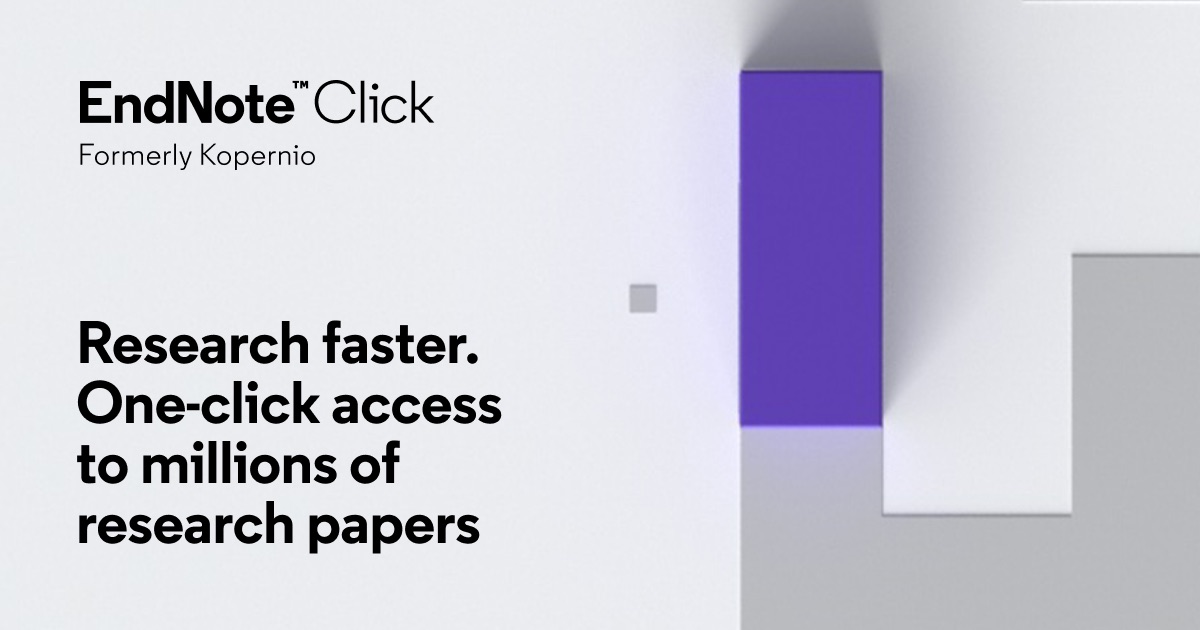

The Mauve aligner has been used extensively for microbial genome comparisons because it effectively identifies and aligns homologous regions even if genomes have undergone rearrangements, large insertions or deletions, and substantial sequence divergence. The reference used may be draft quality itself, or may have divergent genetic content. We present a new method for comparative contig ordering based on iterative genome alignment using Mauve.

However, even without additional data, contig order can be predicted by comparison with a reference genome that is expected to have conserved genome organization. Contigs can be ordered based on additional data, such as the presence of discontinuous portions of the same sequencing template (clone or fragment) in two contigs, but this type of information is not available for all projects. Ordering and orienting these contigs into larger units (scaffolds or supercontigs) facilitates genome closure and comparative analyses.

New high-throughput technologies have greatly reduced the cost of genome sequencing, leading to an abundance of draft-quality genome sequences that may be composed of hundreds or thousands of contigs.


 0 kommentar(er)
0 kommentar(er)
